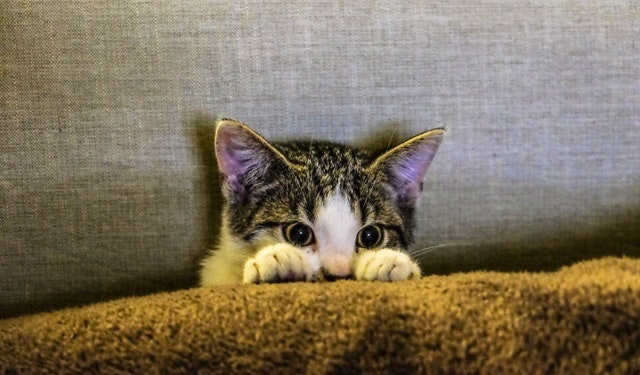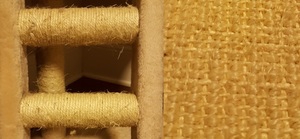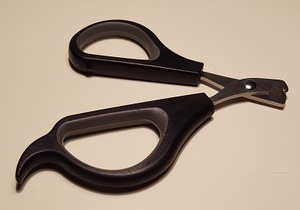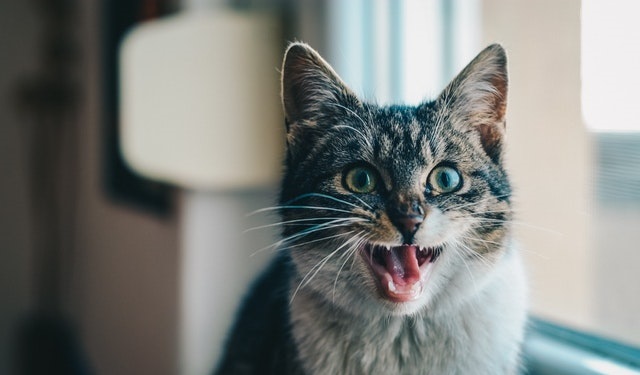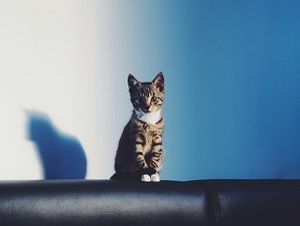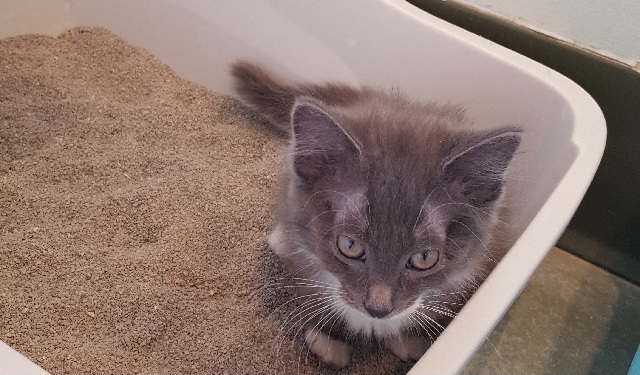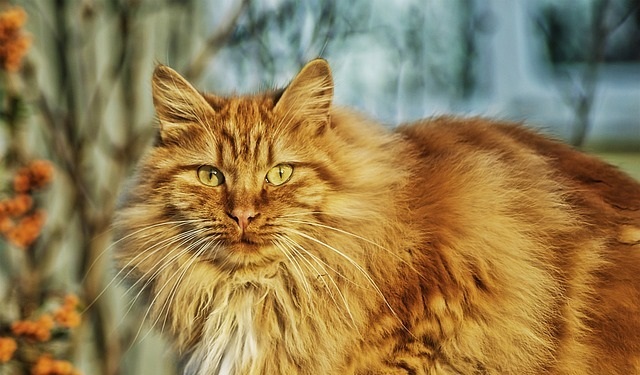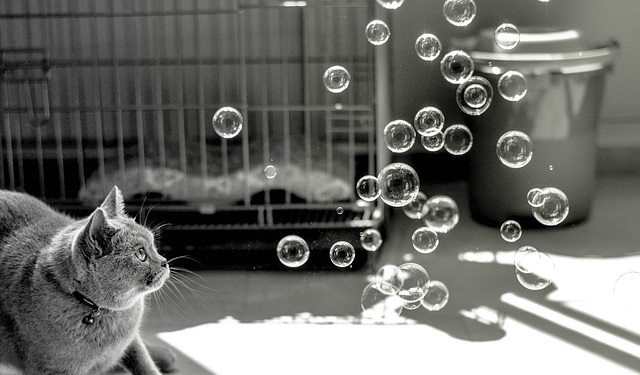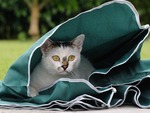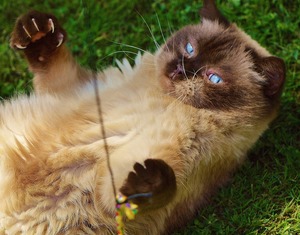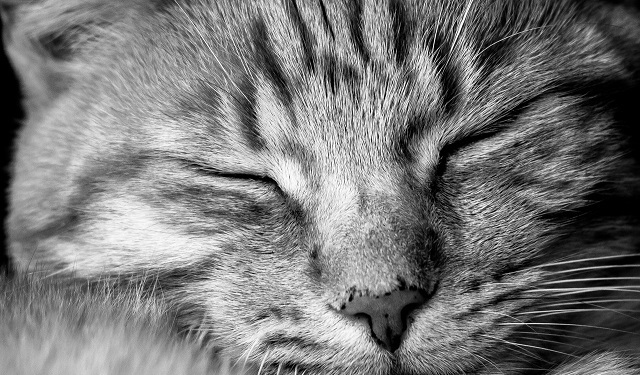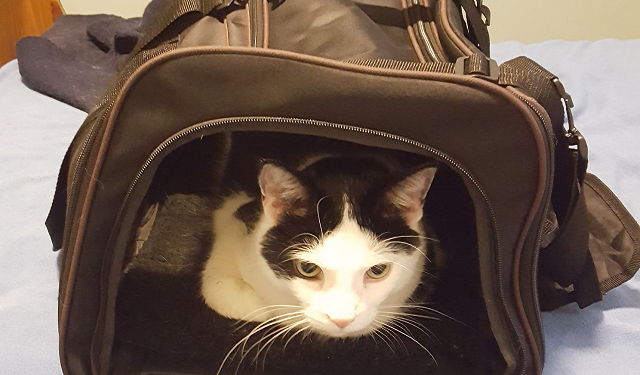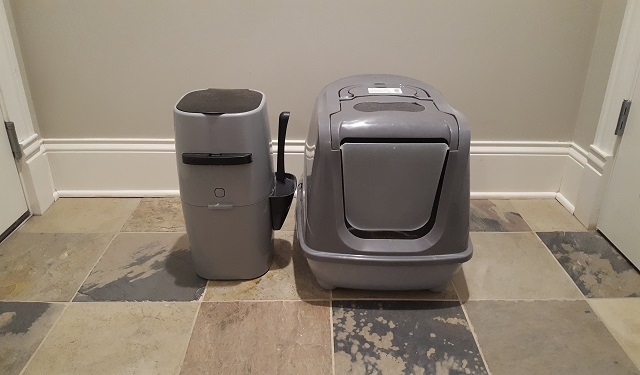Why Do Some Cats Not Like to be Held?

If you’ve got a feline friend in the house odds are you’ve attempted to pick her up at least a few times in your life. You might have one of those cats that absolutely loves it, my cat Lexi doesn’t seem to mind it one bit. You can rock her like a baby and lip her upside down and she just rolls with it. When she wants down she’ll let you know by starting to push against you, but for the most part she’s pretty accepting.
On the other hand you might have a cat like my cat Beast as well. She tenses up immediately the second your hand hovers over her neck for more than a second and will bolt if possible. Even though I use the vet recommended method of sliding one hand under her chest and one under her hind to hold her up she still is wound up like a spring the entire time you hold her. You can tell she is not happy about the situation and wants out as soon as possible.
So why is that Lexi loves being picked up and Beast is absolutely horrified of it? Why do some cats not like to be held? Let’s look at a few potential reasons why this might happen and then point you to some resources to try to change this behavior.
You Don’t Know What They Know
Lexi and Beast are both adopted and both were several years old when adopted. Unfortunately the shelters really didn’t know much about them so they didn’t have anything to share other than Beast came from a hoarding situation and was mostly locked in a room on her own her entire first two years of her life. Beast is a little socially awkward if you can imagine, but she’s a total sweetheart! If you’ve adopted a cat you’ve probably heard similar stories or even far worse ones, but unfortunately without know the whole past of your cat it is difficult to determine if it was some experience that caused this or if it is just their personality.
 That being said, one of the most likely reasons your cat doesn’t like being picked up is that she may have had a negative experience while being held in the past. Perhaps she was dropped as a kitten a few times, or someone pulled on her ears and her tail, who really knows? All it takes is one nasty experience to make it a very uncomfortable experience for them.
That being said, one of the most likely reasons your cat doesn’t like being picked up is that she may have had a negative experience while being held in the past. Perhaps she was dropped as a kitten a few times, or someone pulled on her ears and her tail, who really knows? All it takes is one nasty experience to make it a very uncomfortable experience for them.
On the same token it could come from an experience we might not register as traumatic as humans, but your cat might. Key examples are visits to the vet and the groomer. Your cat is typically restrained in these situations and often has a negative experience (you probably didn’t like a thermometer up your butt as a kid either). It is pretty easy to see how a cat might start to see being picked up for one of these activities and being picked up in general as negative things.
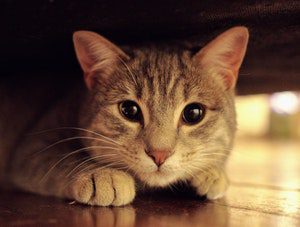 It is simply scary for your cat
It is simply scary for your cat
You’ve probably never seen a cat pick another cat up if both cats are adults. The only time you see this happen is with a mother moving her kittens from place to place and the kittens biologically know to go limp when mom picks them up.
Adult cats on the other hand tend to very slowly approach one another and if they are both friendly you might see some sniffing at an initial introduction. We humans on the other hand are not only much much larger than our feline friends (even you Maine Coon owners) but we often go straight to picking them up.
Imagine yourself in a situation where someone 10 or more times your size showed up and simply picked you up and rubbed the hair on your head when they ran across you. You might freak out too! They could easily crush you on accident or on purpose if they had any inclination.
A potential sickness or injury is afoot!
If your cat used to like being picked up but bolts every time you attempt to get near her then two things are possible. We’ve already discussed a bad experience, but if you can rule that out then your cat might be sick or have an injury.
At this point it is probably worth setting some time aside with your vet to check for injuries or medical conditions that could be causing pain when you pick your cat up. Even after the condition is treated it’s possible that your cat will still avoid being picked up because they might associate the feeling with the pain they experienced in the past.
 Nowhere to Run
Nowhere to Run
Similar to my article regarding cat carriers and why cats often don’t like them, being picked up is a form of being restrained. Even if it isn’t true every time a cat is picked up, cats don’t have a hard time drawing the conclusion that restraint means the humans are going to do something I don’t like: clip my nails, bathe me, take my temperature, stick me in the carrier, etc.
Knowing How to Pick a Cat Up
If you’re not sure how to pick a cat up then you should definitely learn the appropriate way. You should not be scruffing your cat, it is far too easy to permanently injure your cat if you’re not properly trained on how to do this. Instead you should focus on the standard two point pick up method. Check out this video below from VetStreet to ensure you’re pick up your cat in a safe manner!
Wrapping It Up:
At the end of the day, answering the question why do some cats not like to be held up is pretty tough unless you’ve known your cat since they were a kitten. Even then it might not be easy to identify the specific reason as it could be their personality or it could be driven by some experience they had when you weren’t home. Your cat might also simply be scared of being picked up because of your size or because they know being picked up sometimes results in a trip to the vet or the groomer.
This article isn’t aimed at modifying this particular behavior and I would encourage you to simply respect your cat’s preferences as much as you can. I know we all get the desire to pick our cats up from time to time and just can’t resist. If you are interested in getting your cat to enjoy being picked up you can check out this article, but my experience has been mixed with it being effective.
If you’ve got any other thoughts on holding your cat and why some cats do not like to be held please do share them below! If you have any additional items you’d like to see added to this post then please comment below or directly email me at Craig@StuffCatsWant.com so I can update the information here.
StuffCatsWant.com is a participant in the Amazon Services LLC Associates Program, an affiliate advertising program designed to provide a means for sites to earn advertising fees by advertising and linking to Amazon.com.
